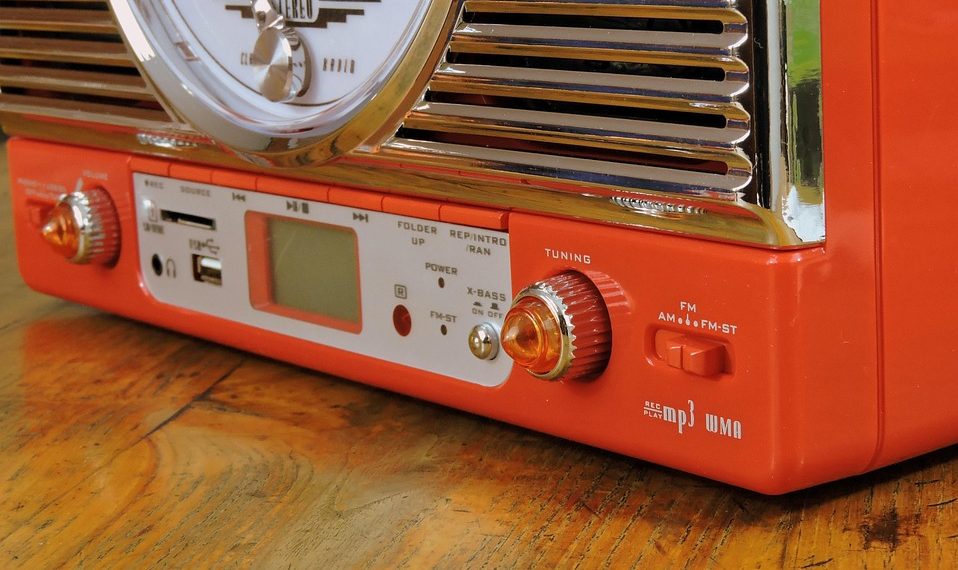You’re not alone if you’ve ever felt the urgent need to find a restroom when all you want is to enjoy a peaceful outing. Reducing peeing frequency is not just about comfort; it’s about reclaiming your life. If the constant trips to the bathroom are making your everyday activities feel like a game of hide-and-seek, let’s talk about how you can regain control.
Understanding why you may feel the need to urinate frequently is crucial. It can stem from various factors like hydration levels, diet, or even anxiety. Recognizing these triggers is the first step toward taking action.
Contents
- Why Reducing Peeing Frequency Matters
- 1. Stay Hydrated, but Strategically
- 2. Mind Your Diet
- 3. Understand Your Triggers
- 4. Schedule Bathroom Breaks
- 5. Strengthen Your Pelvic Floor
- 6. Manage Stress and Anxiety
- 7. Limit Alcohol and Sugary Drinks
- 8. Wear Comfortable Clothing
- 9. Consult a Healthcare Professional
- 10. Consider Supplements
- Bottom Line
- FAQ
Why Reducing Peeing Frequency Matters
Frequent urination can disrupt your daily life, making simple tasks feel burdensome. It can lead to feelings of anxiety, frustration, and even embarrassment. This isn’t just an inconvenience; it can also affect your social life, job performance, and overall well-being. By learning to manage this issue, you can enjoy a better quality of life and feel more in control of your body.
1. Stay Hydrated, but Strategically
It may sound counterintuitive, but hydration plays a key role in reducing peeing frequency. When you’re dehydrated, your body produces concentrated urine, which can irritate the bladder and prompt more trips to the bathroom.
- Drink water throughout the day: Aim for small sips rather than large gulps.
- Limit intake before outings: Cut back on fluids an hour or two before you leave home.
2. Mind Your Diet
Your diet can significantly impact your urinary habits. Certain foods and beverages can irritate the bladder.
- Limit caffeine: Coffee, tea, and soda can act as diuretics.
- Cut down on acidic foods: Citrus fruits, tomatoes, and spicy dishes can exacerbate urgency.
Instead, focus on a balanced diet rich in whole grains, lean proteins, and fruits that aren’t acidic, like bananas and apples.
3. Understand Your Triggers
Knowledge is power. Keep a diary to track when you feel the urge to urinate. Note what you ate, drank, and any activities you engaged in.
- Identify patterns: Are there specific foods or situations that trigger urgency?
- Adjust accordingly: Once you know your triggers, you can make more informed choices.
4. Schedule Bathroom Breaks
Instead of waiting for the urge to strike, take charge by scheduling bathroom breaks. This can help train your bladder to hold more urine for longer periods.
- Plan bathroom visits: Aim for every 2-4 hours, depending on your comfort level.
- Gradually extend time: As your bladder adjusts, try to extend the time between breaks.
5. Strengthen Your Pelvic Floor
A strong pelvic floor can help improve bladder control. Exercises like Kegels can make a significant difference.
- How to do Kegels: Squeeze and hold your pelvic muscles as if you’re trying to stop urination, then relax. Repeat 10-15 times, three times a day.
- Consistency is key: Just like any exercise, regular practice yields results.
6. Manage Stress and Anxiety
Stress can make you feel like you need to urinate more often. Finding ways to cope with anxiety can help alleviate this symptom.
- Practice mindfulness: Techniques such as meditation can help reduce stress levels.
- Engage in physical activity: Regular exercise can act as a natural stress reliever.
7. Limit Alcohol and Sugary Drinks
Both alcohol and sugary drinks can irritate your bladder and lead to increased urination.
- Choose wisely: Opt for water, herbal teas, or diluted juices instead.
- Be mindful during social events: If you’re out, try alternating alcoholic beverages with water.
8. Wear Comfortable Clothing
Believe it or not, your wardrobe can affect your bladder comfort. Tight clothing can add pressure to your abdomen, making you feel the need to go more often.
- Choose loose-fitting clothes: Opt for breathable fabrics that allow for comfort.
- Avoid restrictive waistbands: They can add unnecessary pressure to your bladder.
9. Consult a Healthcare Professional
If you’ve tried these tips and still find yourself rushing to the restroom, it might be time to consult a healthcare professional. They can provide personalized advice and rule out any underlying conditions.
- Discuss medication: Some medications can contribute to frequent urination.
- Explore bladder training programs: These can provide additional strategies tailored to your needs.
10. Consider Supplements
Certain supplements may help reduce urinary urgency and improve bladder health. Always consult your doctor before starting any new supplement regimen.
- Pumpkin seed extract: Known for its positive effects on bladder control.
- Cranberry extract: May help maintain urinary tract health.
Bottom Line
Reducing peeing frequency is all about understanding your body and making thoughtful choices. From strategic hydration to mindful eating, you have the power to reclaim your comfort.
Take these tips and put them into action. You deserve to enjoy life without the constant worry of finding a restroom.
If you have any questions or want to share your experiences, don’t hesitate to reach out. Your journey to comfort starts now!
FAQ
Q: How much water should I drink daily?
A: Aim for about 8-10 cups a day, but adjust based on activity levels and climate.
Q: Can anxiety really affect my bladder?
A: Yes, stress and anxiety can lead to increased urgency and frequency.
Q: When should I see a doctor?
A: If you experience pain, blood in your urine, or persistent urgency, it’s time to seek professional advice.
Feel empowered. Take control. You’ve got this!
Get Your FREE Natural Health Guide!
Subscribe now and receive our exclusive ebook packed with natural health tips, practical wellness advice, and easy lifestyle changes — delivered straight to your inbox.
















